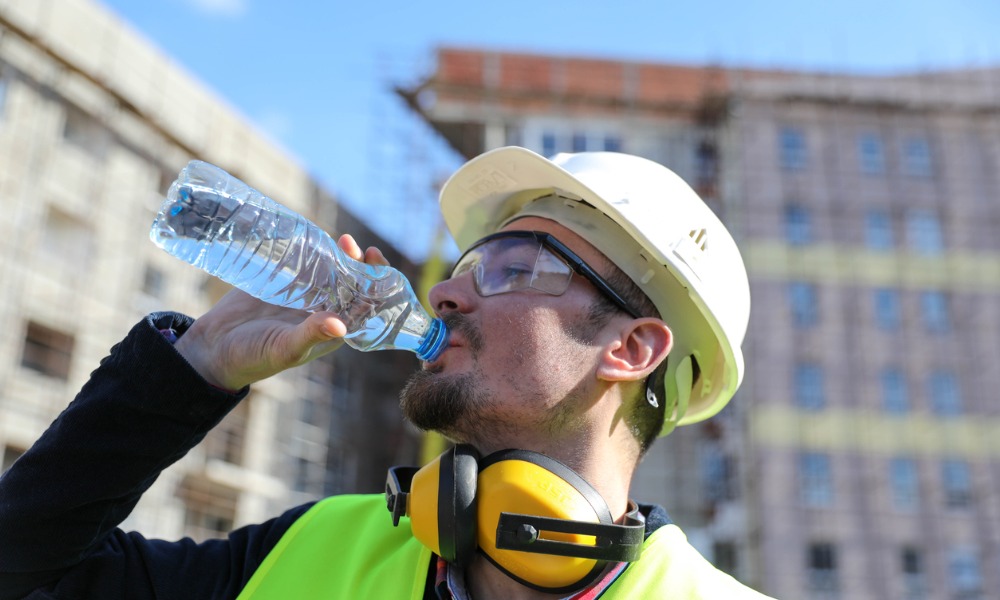
Workers working indoors may also be at risk, says government

With summer now in full swing and heat warnings going out, employers should ensure they are keeping workers safe from the risk that the heightened heat brings, according to the Nova Scotia government.
Employers should treat high temperatures as they would other workplace hazards, said Scott Nauss, senior executive director for safety with the NS Department of Labour Skills and Immigration, in a Saltwire report.
“The employer needs to survey the work [employees] are doing and try to determine what hazards are present in that workplace, and put measures in place to combat those hazards to ensure the safety of the employees,” Nauss said.
Many employees are suffering from scorching heat as the world enters an era of "global boiling," United Nations Secretary-General António Guterres previously warned. In fact, an additional 1°C of heat will limit the work hours of about 800 million people in the tropics, according to a previous report.
And it’s not just workers working outdoors that may be at risk from the heat, said Nauss.
“There are a lot of people who are working in warm conditions inside so when the temperatures climb there is a greater hazard there,” he said. “Employers and employees need to work together to come up with some measures to ensure their safety.
Overlooking the risks that extreme heat brings to workers can be costly to companies.
Nauss noted that if an employee goes to a hospital due to heat-related illness, it is the employer’s responsibility to report the incident to the labour department’s occupational health and safety division, just like it is for any other workplace injury.
The department would then investigate the situation and try to determine if there was a violation of the Occupational Health and Safety Act or the regulations, Nauss said.
“There is potential for enforcement action based upon the circumstance. Every situation is different,” he said.
In 2023, Ontario’s Ministry of Labour, Immigration, Training and Skills Development (MLITSD) proposed to introduce a stand-alone heat stress regulation under the Occupational Health and Safety Act (OHSA) with specific requirements that would apply to all workplaces to which the OHSA applies.
Some ways to keep workers safe from extreme heat – according to the Saltwire report – include:
“Engineering controls are the most effective means of reducing excessive heat exposure,” noted the Canadian Centre for Occupational Health and Safety (CCOHS).
The examples that follow illustrate some engineering approaches to reducing heat exposure, according to CCOHS: